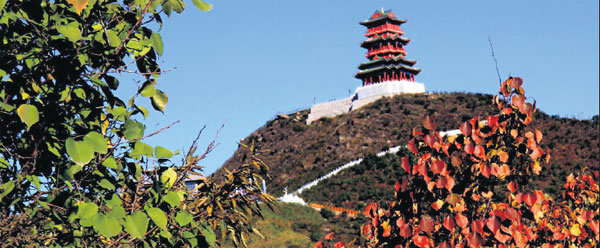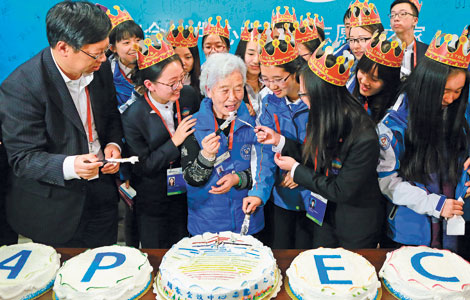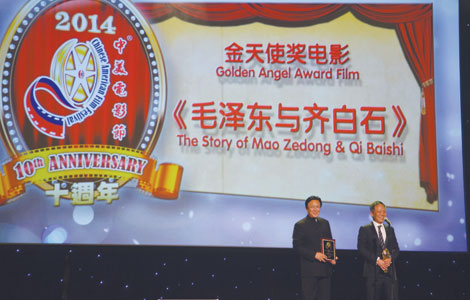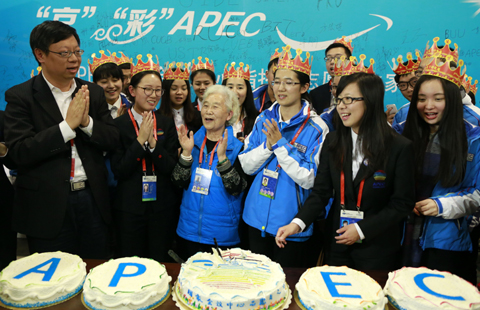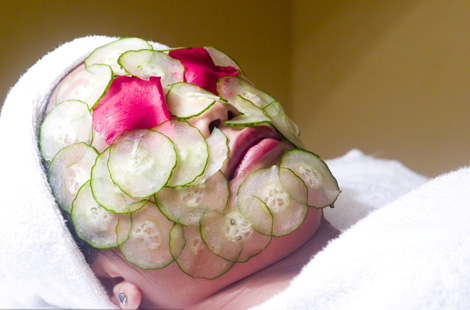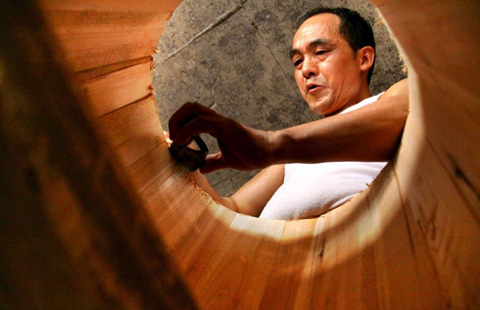Peak offers bird's-eye views of capital
Updated: 2014-11-06 07:56
By Xu Lin(China Daily USA)
|
||||||||
|
Leaves are changing into their fall colors on Dingdu Peak in Beijing. It is a popular scenic spot where people can appreciate the autumn foliage and look out over the city. Provided to China Daily |
Historical site ideal for enjoying change of season
Dingdu Peak in the Mentougou district of Beijing, is undoubtedly one of the best places to get a bird's-eye view of the ancient city. It is also where the site of the capital was decided more than 600 years ago.
Located on the west extension line of Chang'an Avenue, the 680-meter-high Dingdu Peak is about 9 kilometers from Tanzhe Temple and more than an hour's drive from downtown Beijing.
Zhu Di, an emperor during the Ming Dynasty (1368-1644), wanted to move the country's capital from Nanjing, Jiangsu province, to Beijing and build the Forbidden City. He asked his counselor Yao Guangxiao to determine where the spring sun rises and make that the location of the Hall of Supreme Harmony.

Legend has it that Yao stood on Dingdu Peak and determined the spot the sun rose by observing the sun and the shadow of the peak. He waved a red flag to command workmen to move uniformly and measure the distance down the hill with a rope at sunset and sunrise, and he then marked the center of Beijing according to the sun's morning position.
These days, the top of the peak has a sculpture of Yao, with a red flag in his right hand, pointing at the center of the city.
Early November is an ideal time to enjoy the magnificent scenery of fall foliage in suburban Beijing. And while many scenic spots famous for their fall colors, such as Fragrant Hills Park, are overcrowded, Dingdu Peak is a place to enjoy such views in relative solitude.
Visitors can view vast areas of colorful leaves after climbing Dingdu Peak on its winding trails and standing in the six-floor Dingdu Pavilion behind Yao's sculpture.
In January 2012, the 33.9-meter-high pavilion, in traditional Chinese style, was completed on the summit, covering an area of 550 square meters. Visitors can worship Buddha in the pavilion or view various wall paintings depicting the legends of the mountain.
The site offers brilliant panoramic views of the city and its landmarks, such as Pangu Plaza and the China Central Television headquarters, via a telescope on the top floor.
Weather permitting, visitors can also see the China World Trade Center Tower 3, located 45 kilometers away in Guomao, the central business district of Beijing. The night views are even better, offering a myriad of twinkling lights in the city.
At the back of the pavilion is a large wooden platform that holds four large dark red stones. They look like four turtles. According to legend, they helped Buddhist monk Xuanzang and his three apprentices cross a river in the Chinese novel Journey to the West.
After enjoying a farmhouse meal at the bottom of the mountain, people can head to the nearby Tanzhe Temple, a cultural heritage item with a history of more than 1,700 years.
Surrounded by nine high peaks, the temple boasts many ancient trees, Buddhist pagodas, pavilions, corridors and towers. It appears as if nine dragons are protecting a precious pearl - the temple - from winds and swirling sands.
According to an old saying, "First there was Tanzhe Temple, then came Beijing city". It is believed the Forbidden City was laid out along the same lines and aspects as the temple.
Many emperors over its long history visited the temple to pay their respects to Buddha and left horizontal inscription boards. Beijing residents still follow the tradition of attending Buddhist ceremonies and burning incense while praying at the temple.
While touring the traditional Chinese architectural complex, visitors can see two ginko trees with a history of 1,000 years, a sala tree and entwined cypress and persimmon trees.
These old trees, the yellow ginko and rich red leaves all around remind one of the approaching autumn.
xulin@chinadaily.com.cn
Most Viewed
Editor's Picks

|

|

|

|
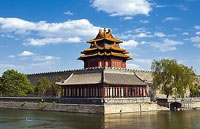
|
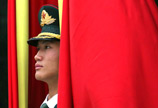
|
Today's Top News
Mexico cancels Chinese bullet train deal
China's wealthy look to make 'social impact' on education
Airline exec sees bright side for China and US
China, US must lead on climate: experts
China's coal solution could be in steam
Asian Americans supported Democrats in elections
Is Xiaomi ready for Western markets?
France to assist hunt for corrupt officials
US Weekly

|

|
